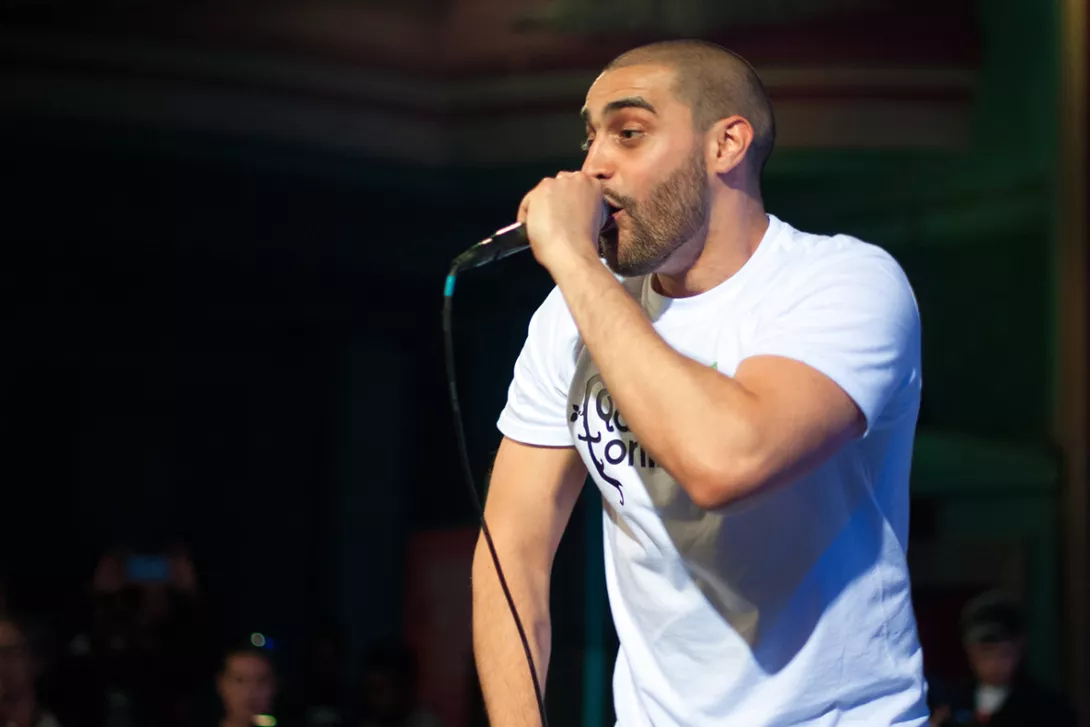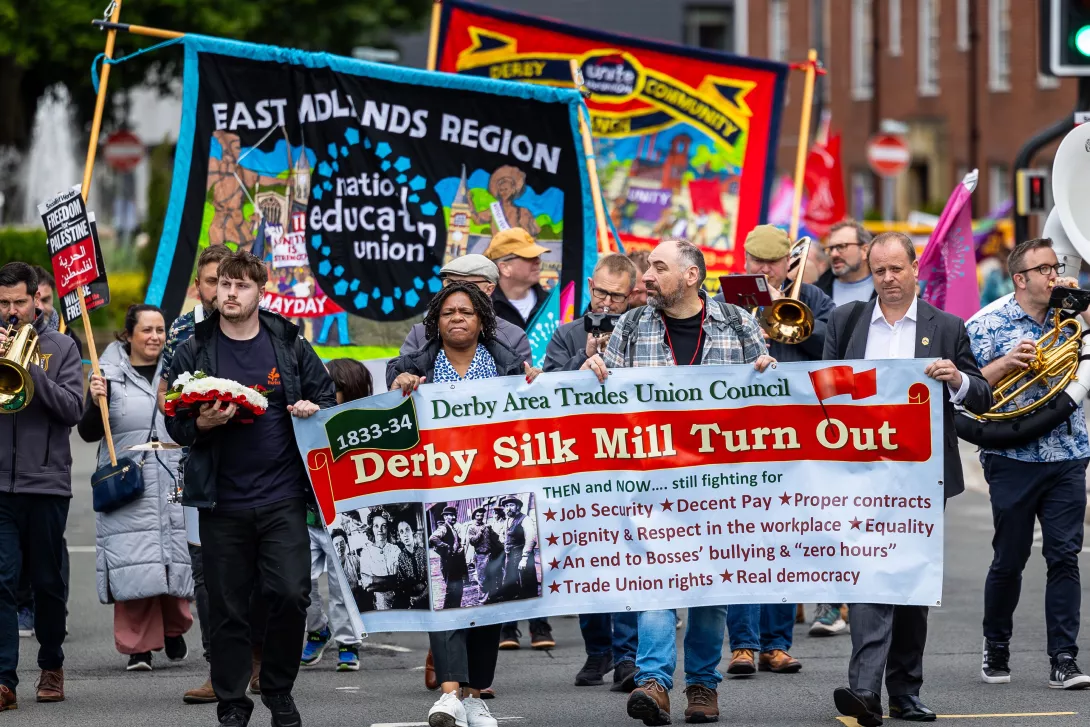The proxy war in Ukraine is heading to a denouement with the US and Russia dividing the spoils while the European powers stand bewildered by events they have been wilfully blind to, says KEVIN OVENDEN
Derby honours silk workers’ bitter lockout battle
The annual Silk Mill Festival celebrates the first-ever industrial workers’ strike in Britain, which, although it ended in defeat, laid the template for today’s union movement, writes BILL GREENSHIELDS
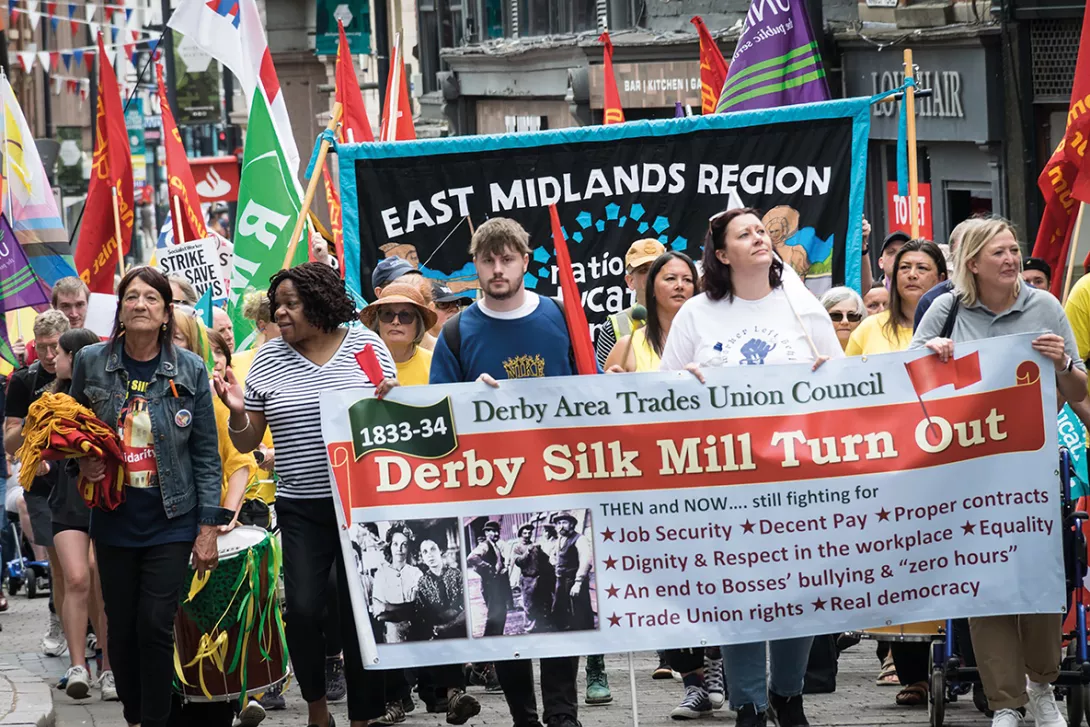
“REMEMBER the past, fight for your future,” is — as it is every year — the rallying cry at Derby’s annual Silk Mill Festival.
Derby’s Silk Mill Festival marks the year-long struggle of Derby and Derwent Valley silk mill workers from 1833-34, against oppressive and ruthless owners and managers who routinely ripped off their already low-paid workers through spurious pay cuts — and denied them trade union rights with the threat of instant dismissal.
Does this sound familiar 190 years on?
More from this author

BILL GREENSHIELDS reviews the president's contortions as he tries to avoid appointing a government of the election-winning New Popular Front
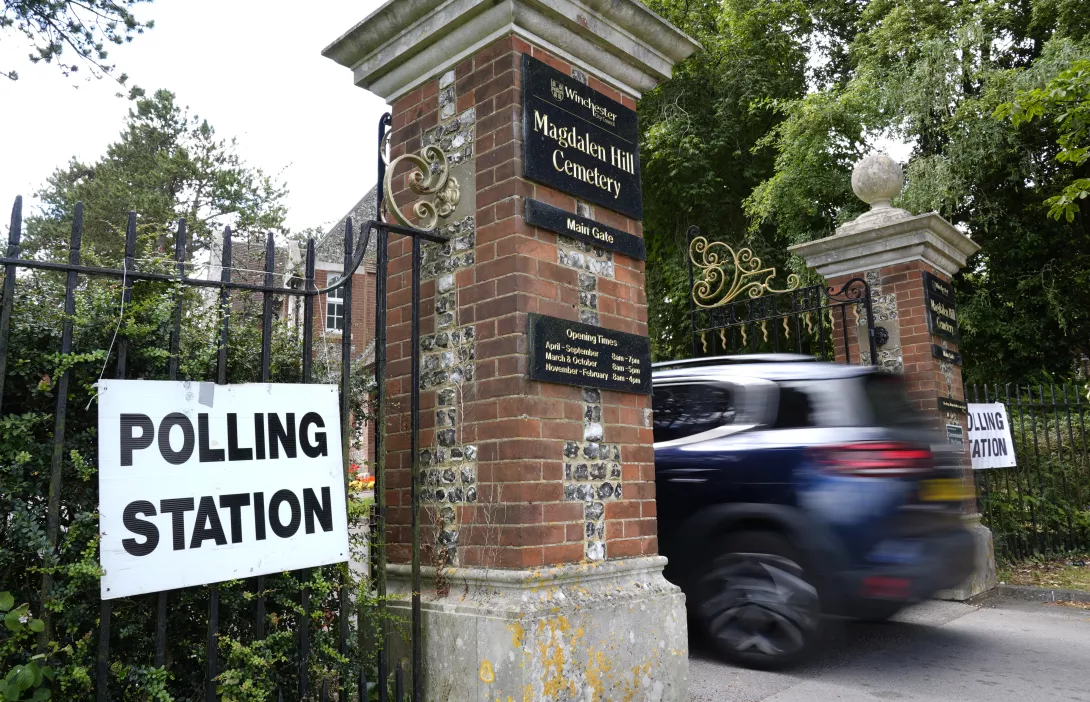
As Starmer heads for a historic win, voter apathy and distrust in the political system reach new heights. The real battle for working-class interests lies beyond Westminster, writes BILL GREENSHIELDS
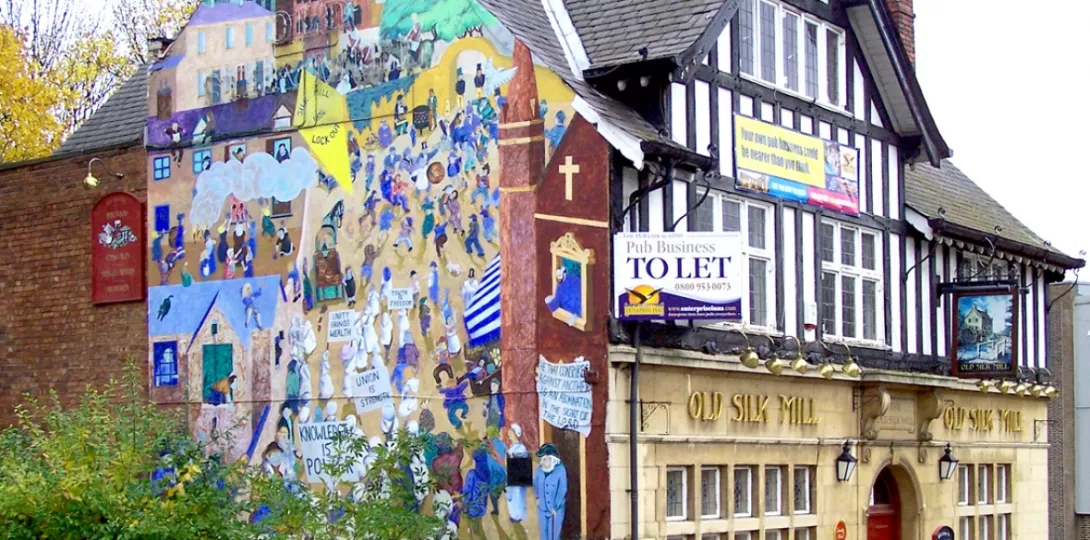
BILL GREENSHIELDS looks ahead to a lively event this weekend which draws the parallels of working-class struggle from the 19th century to today

BILL GREENSHIELDS looks at the background of the threat to engineering jobs in Derby's Alstom plant
Similar stories
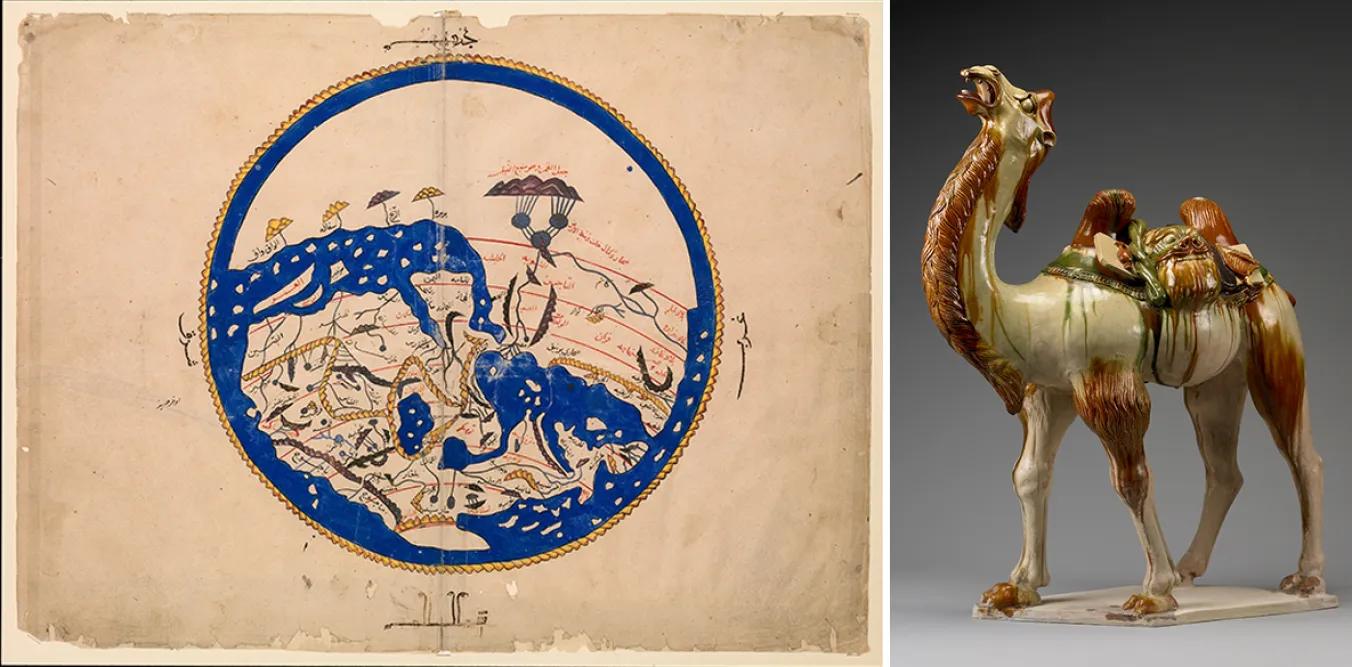
BEN CHACKO finds many parallels with present-day peaceful Chinese influence, as well as evidence of exploitation, in a historical exhibition

BILL GREENSHIELDS looks ahead to a lively event this weekend which draws the parallels of working-class struggle from the 19th century to today










